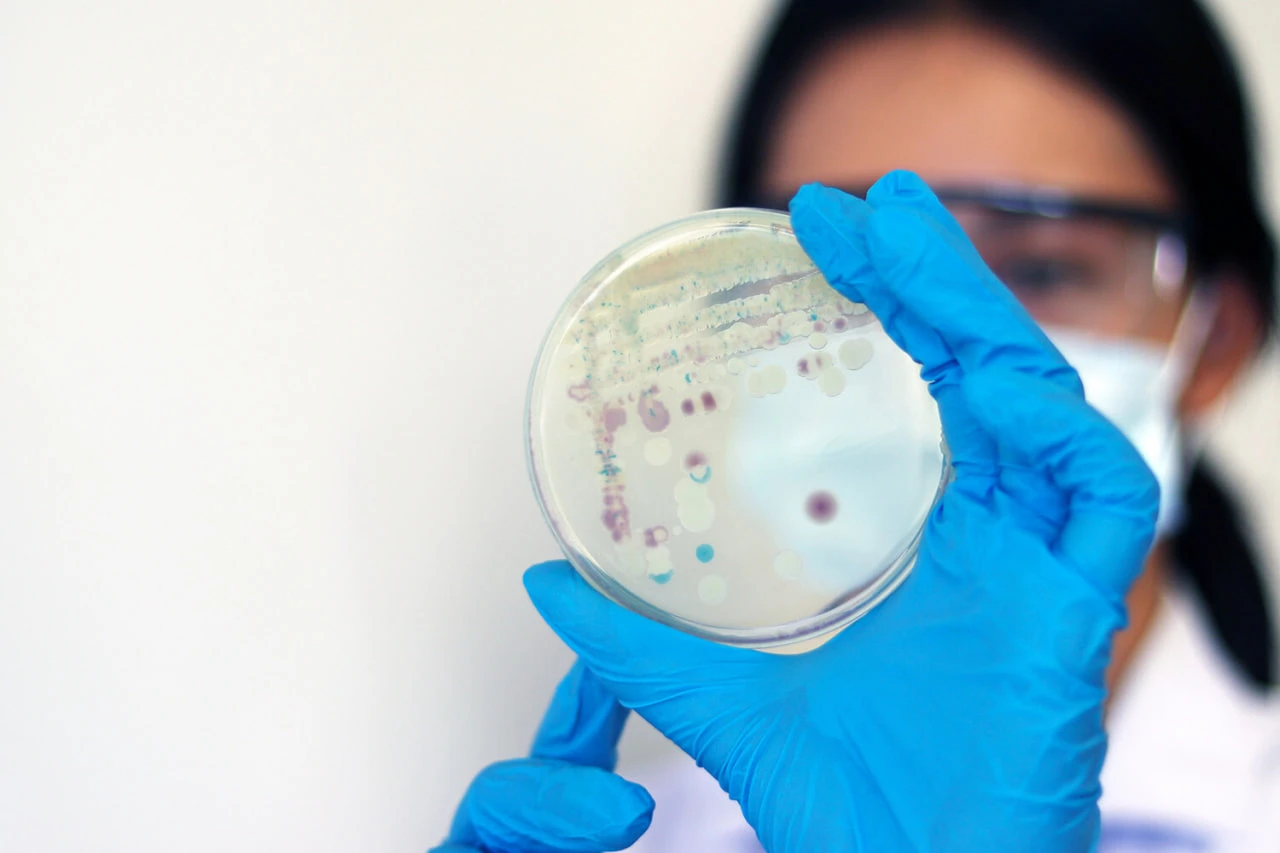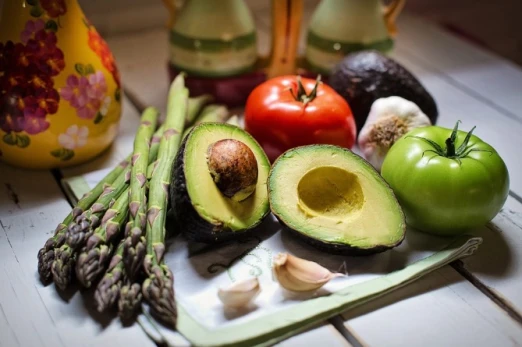Researchers at the University of Utah have discovered that the mold of soil marquandomyces Marquandii is capable of causing a unique hydroge that can replace the soft tissue of man. The results of the study were published in the journal "Minerals, Metals and Materials Company" (JMMMS).
Hydrogels have long attracted the attention of doctors and engineers for a long time. These materials maintain moisture and have a soft, elastic quality like skin, cartilage and muscles. However, so far the synthetic analogues have either been very fragile, or they are badly interacted with live cells.
According to scientists, M. Marquandii has shown unexpected properties in laboratory research. When it is grown in a liquid nutritional environment, it creates a multi-layered fiber structure that maintains up to 83% water.
"These layers have different porosity, 40% to 90%, which is important to imitate different types of tissues." "We see a hydroge, which is literally growing independently," explains the materialologist Atul Agraval, who is one of the authors of the study.
The researchers explained that the secret was hidden in the meteoric, the underground "root" system of mushrooms. It consists of filies that can grow endlessly if the existence of nutrients, forming a solid but flexible structure. It is also rich in Kitti, a substance that is similar to the shells of crayfish and has long been recognized as a biometric.
Researchers hope that this material can be used as a basis for cultivating cells, or even bearable bios.
It is too early to talk about the use of "Mushroom leather" burns or creating prostheses, but scientists intend to continue their research. The team plans to find out how much mushrooms are safe for people. The Kittyn contained in it can cause rare allergies.
Translation of: Euromedia24.com


























